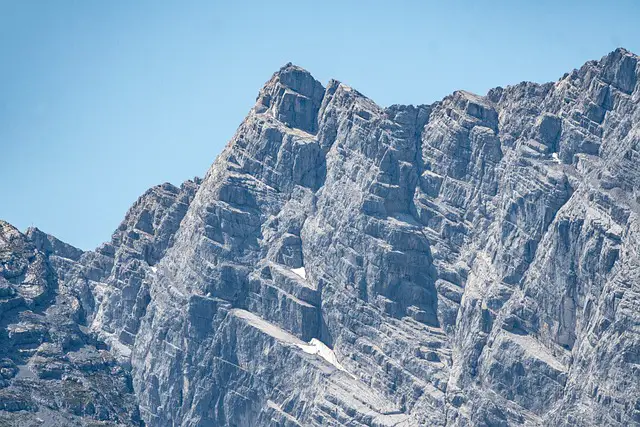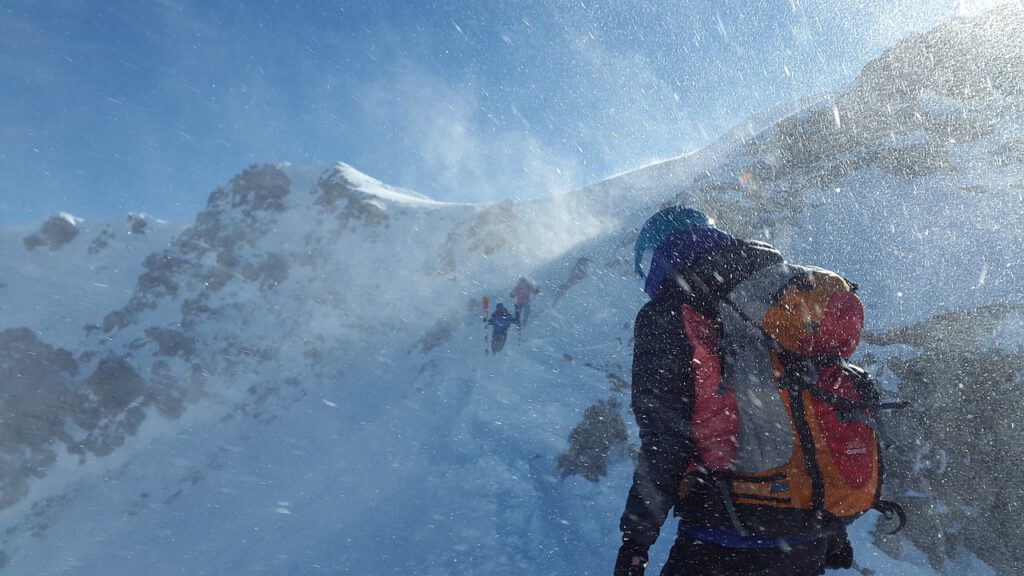Snowshoeing is an exhilarating winter activity that allows you to explore snowy terrains while enjoying the serene beauty of the natural world. However, to fully enjoy your snowshoeing adventure, it is essential to wear the right kind of boots. Inappropriate footwear can lead to discomfort, cold feet, and even frostbite. This article will provide a comprehensive guide on what kind of boots to wear for snowshoeing to ensure a comfortable and enjoyable experience.
Why Are the Right Boots Important?
Comfort and Support
Proper boots will offer the support your feet need while you’re on the move. Snowshoeing involves walking over uneven terrain, often with significant elevation changes. A good pair of snowshoeing boots will provide the necessary ankle support to prevent injuries.
Warmth and Waterproofing
Keeping your feet warm and dry is crucial when you’re out in the cold for extended periods. Wet feet can quickly turn a joyful snowshoeing experience into a miserable one, and cold feet can even cut your adventure short. Look for boots that are both insulated and waterproof to keep your feet toasty and dry.
Traction and Stability
Snowshoeing boots should have excellent traction to prevent slipping on icy or uneven surfaces. The boots should also be stable to ensure that your snowshoes fit securely without causing any discomfort.
What Kind of Boots to Wear Snowshoeing?
Insulated Winter Boots
Insulated winter boots are a popular choice for snowshoeing. Designed specifically for cold conditions, these boots often feature thick insulation, waterproof materials, and high-traction soles. Some models also come with built-in gaiters to keep snow out. Brands like Sorel, Columbia, and The North Face offer excellent options in this category.
Mountaineering Boots
Mountaineering boots are another great option for snowshoeing. These boots are designed for extreme conditions and provide excellent ankle support, insulation, and waterproofing. They are built to withstand harsh environments, making them a reliable choice for more challenging snowshoeing adventures. Popular brands include La Sportiva, Scarpa, and Salewa.
Hiking Boots with Gaiters
If you already own a sturdy pair of hiking boots, you can pair them with gaiters to keep snow and moisture out. While hiking boots may not provide the same level of insulation as winter or mountaineering boots, they can be a suitable option for milder conditions or shorter snowshoeing trips. Adding a good pair of gaiters can significantly improve their performance in snowy conditions.
Key Features to Look for in Snowshoeing Boots
Insulation
Insulation is a critical feature in snowshoeing boots. Look for boots with synthetic or down insulation to keep your feet warm. The level of insulation needed can vary depending on the weather conditions you’ll be facing, but a good rule of thumb is to choose boots with a temperature rating of at least -20°F (-29°C).
Waterproofing
Keeping your feet dry is essential for comfort and warmth. Look for boots with waterproof membranes such as Gore-Tex or eVent, as well as sealed seams to prevent moisture from entering.
Traction
Snow and ice can be slippery, so it’s crucial to choose boots with high-traction soles. Look for boots with deep lugs and rubber compounds designed for cold conditions to ensure you stay stable on your snowshoeing adventures.
Fit and Comfort
A proper fit is crucial for any type of footwear, but it becomes even more important when you’re out in the snow for hours. Try on several pairs to find the most comfortable fit, paying attention to the width, length, and arch support. Remember to wear the socks you plan to use during snowshoeing when trying on boots.
Additional Tips for Choosing Snowshoeing Boots
Breaking In Your Boots
Even the most comfortable boots can cause discomfort if they haven’t been adequately broken in. Wear your new snowshoeing boots around the house or on short walks to break them in before hitting the trails.
Socks Matter
Don’t overlook the importance of wearing the right socks. Merino wool or synthetic socks designed for cold weather will provide additional warmth and moisture-wicking properties. Consider using a liner sock for added comfort and moisture management.
Caring for Your Boots
Proper care can extend the life of your snowshoeing boots. After each outing, clean your boots to remove any dirt or salt and let them air dry naturally. Apply a waterproofing treatment as needed to maintain their performance.
Conclusion
Choosing the right kind of boots for snowshoeing is essential for a comfortable and enjoyable experience. Insulated winter boots, mountaineering boots, or hiking boots with added gaiters can all be suitable options, depending on your specific needs and the conditions you’ll be facing. Remember to prioritize insulation, waterproofing, traction, and a proper fit when selecting your snowshoeing boots. With the right footwear, you’ll be well-equipped to explore snowy landscapes with confidence and comfort.




